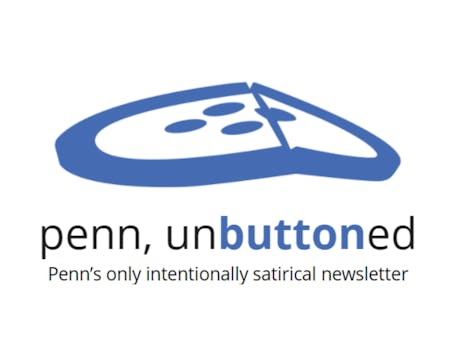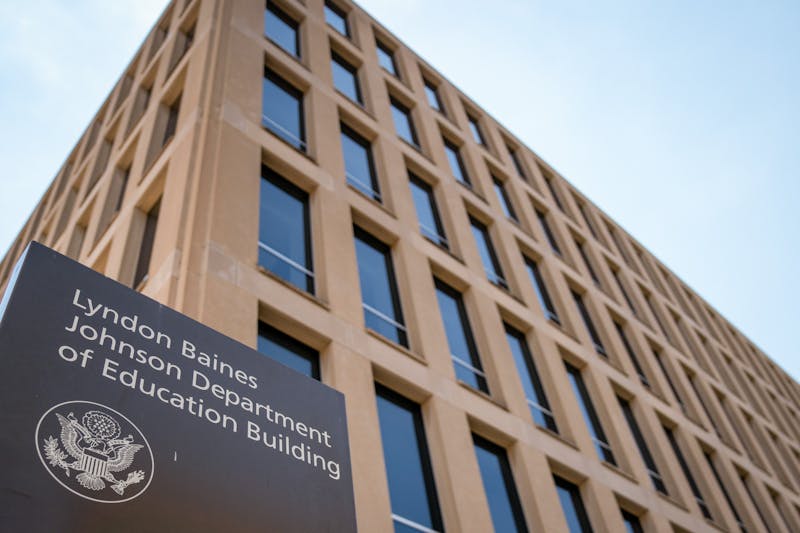Philadelphia has a habit for coming agonizingly close to championships without winning them, but there is one title that the metropolis was glad not to win: America's Fattest City.
February's issue of Men's Fitness magazine evaluated the fifty most populous U.S. cities, assigning them grades in different obesity-related categories. The result: Philadelphia is only second-fattest, trailing Houston.
Philadelphia's citizens have, apparently, as a group, dieted and then regained the weight over the past few years. After being named America's fattest city in 2000 in the inaugural survey, Philadelphia has shown steady improvement -- that is, until this year.
To what do we attribute this collective corpulence? The less-than-scientific study has some answers.
The city received failing grades in several categories: fitness centers/sporting goods stores, television watching, air quality and parks/open spaces.
The study offers some astounding statistics. Fifty-seven percent of Philadelphians are overweight by a large enough margin to cause health problems. The ratio of pizza shops to health-food stores is 10 to 1. The city has three times the national average of doughnut shops per capita.
The lone bright spot noted in the study was that Philadelphia trails only Honolulu in basketball courts per capita. To Philadelphia health officials, that may be little consolation.
However, Philadelphia Health and Fitness Czar Gwen Foster -- the nation's first such official -- is hopeful. She doubts the ability of the study to quantify a city's health and points instead to several positive aspects of Philadelphia's collective fitness.
"For the second year in a row," Foster noted, "we were awarded the 'fourth most walkable city' by Prevention magazine."
She added that Philadelphia is "opening up two major walking and biking routes through our parks."
The Schuylkill River Park -- which opened last May -- offers a new, 1.2-mile paved trail that is easily accessible to the University community.
Several walking organizations -- such as the city-sponsored Wanderlust Walking Club -- are also gaining popularity. Such groups, Foster said, are an important boon to public health.
Indeed, Philadelphia is not, it seems, going to sit on its collective couch and ignore the obesity epidemic.
According to Sweat Gym and Bally Total Fitness -- two large local health clubs -- membership numbers are up, reflecting a greater awareness of health issues.
There also seems to be a rising tide of consciousness about the perils of obesity.
Kristen Minor, fitness director for Lady Fitness Center, said, "People are not just coming in for the weight loss, but understanding that it can help them live longer and healthier lives."
She also has seen a more diverse clientele.
"The trend in the mid-nineties was mostly yuppies. Now there are more African-American women who have found their way toward fitness. People are more interested in learning how to get fit."
But critics say the study is skewed because it relies on cities to provide their own information. Also, Men's Fitness magazine is owned by Weider Fitness, a retailer of fitness equipment, raising the possibility that the results are driven more by marketing than by science.
10 Fattest Cities
1. Houston, TX 2. Philadelphia 3. Detroit, MI 4. Memphis, TN 5. Chicago, IL 6. Dallas, TX 7. New Orleans, LA 8. New York, NY 9. Las Vegas, NV 10. San Antonio, TX
10 Fittest Cities
1. Seattle, WA 2. Honolulu, HI 3. Colorado Springs, CO 4. San Francisco, CA 5. Denver, CO 6. Portland, OR 7. Sacramento, CA 8. Tucson, AZ 9. San Diego, CA 10. Albuquerque, NM
The Daily Pennsylvanian is an independent, student-run newspaper. Please consider making a donation to support the coverage that shapes the University. Your generosity ensures a future of strong journalism at Penn.
DonatePlease note All comments are eligible for publication in The Daily Pennsylvanian.







